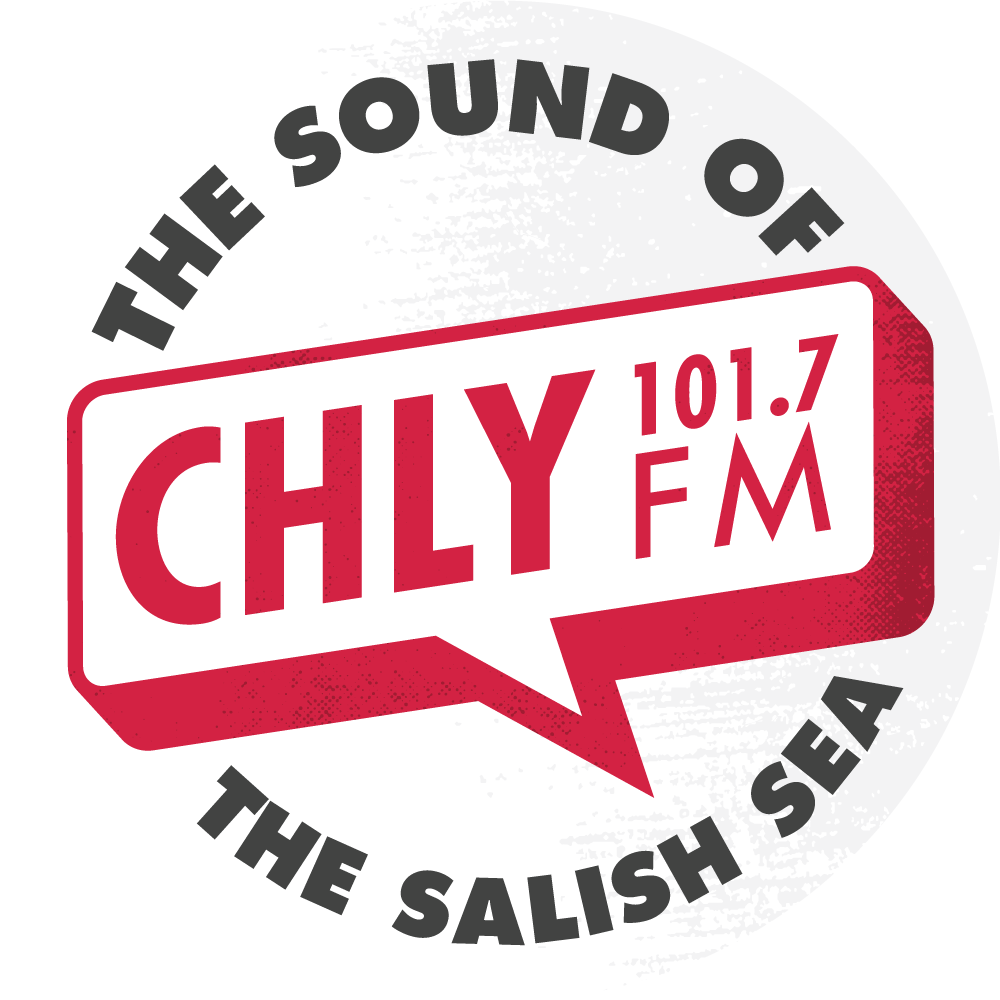It’s election year, do you know what your riding is?
Elections BC will be mailing brochures in March to inform voters about the new ridings that will include a map of the region to show how the districts have changed and other information on how to get ready for the election. Photo provided.
As the provincial election approaches in October, Elections BC has a new tool to help voters find what electoral district they are in.
The Elections BC website now has a search bar where people can type their address and it will show what riding you are in and what the boundaries of it are.
This year, British Columbia will have 93 electoral districts, up from 87, as the province’s population continues to increase.
Not only will there be six more ridings, other ridings have been redrawn, in order to ensure representation by population remains fair.
The Nanaimo electoral district will now include Gabriola Island as well as the south of the city, and be called Nanaimo-Gabriola Island while the new Nanaimo-Lantzville riding will combine North Nanaimo and Lantzville.
A new Ladysmith-Oceanside riding will surround the two Nanaimo ridings.
Elections BC spokesperson Andrew Watson says that they are working to help educate people about the new ridings in the province.
“For voters in Nanaimo, I [would] just encourage them to go again to elections.bc.ca/mydistrict and check out which of those ridings they fall into,” he said. “If they have any questions about their riding boundaries, they can always call us at Elections BC at 1-800-661-8683.”
Elections BC will also be mailing brochures in March to inform voters about the new ridings that will include a map of the region to show how the districts have changed and other information on how to get ready for the election.
“While October may be a little ways away, it'll come up quickly and there's things they can do now to get ready to make sure that they're ready to cast their ballot once the election is called,” said Watson.
Also new this year, Elections BC will be using electronic tabulators to count ballots in the election, something Watson says will produce faster results on election day.
He says Elections BC is looking at what went wrong in the recent Alberta election where the vote count dragged late into the night and Premier Danielle Smith promised that tabulators wouldn’t be used in Alberta elections again.
“Our operations teams have looked at what took place in Alberta in terms of the delays they experienced, and have designed our processes to ensure that there is timely results reporting on election night, it's certainly one of the main benefits of using tabulators,” said Watson, who added that other provinces have used them with no problems.
Elections Alberta said that there were no problems with the tabulators themselves, and that the delay came from the verification process.
Watson says that Elections BC is also taking steps to ensure the security of votes counted by electronic tabulators, including not connecting them to a network and continuing to use paper ballots.
“There's extensive security and process is in place to ensure that the tabulators perform accurately,” he said. “One key piece of that is voter marked paper ballots. You can't have a paper ballot.”
Funding Note: This story was produced with funding support from the Local Journalism Initiative, administered by the Community Radio Fund of Canada.

